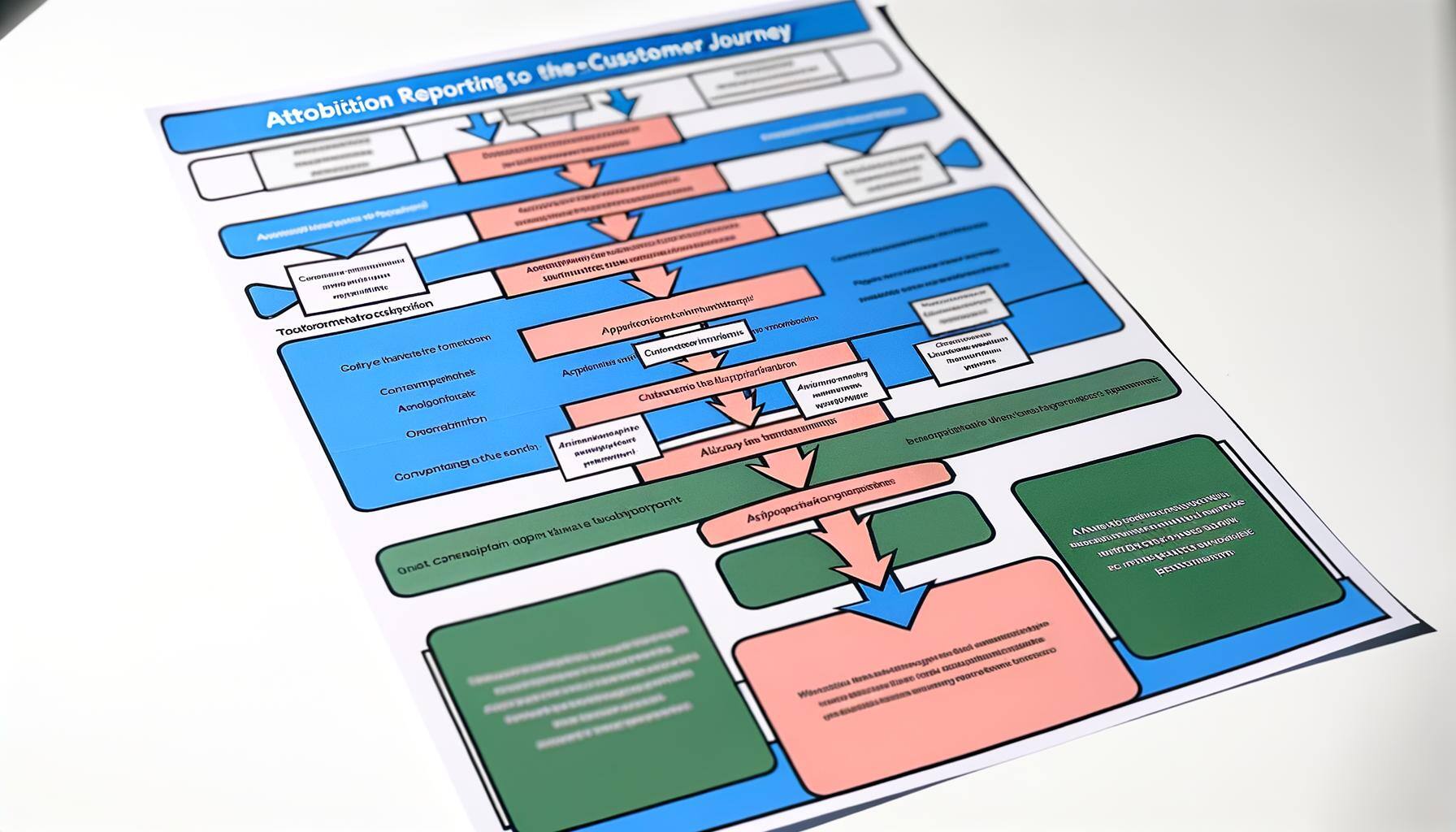Uncover the secrets of revenue attribution reports and learn how to leverage them to boost your e-commerce sales.
E-commerce attribution and how it's unique
Ecommerce attribution is a unique aspect of analyzing and optimizing your e-commerce store. It involves understanding the different touchpoints in a customer's journey that contribute to generating revenue. Unlike traditional marketing attribution, which focuses on offline channels like television or radio, e-commerce attribution looks at the digital channels and interactions that lead to a sale.
One of the key reasons why e-commerce attribution is unique is the ability to track customer behavior at a granular level. With the right tools and analytics, you can identify the specific actions that customers take before making a purchase, such as clicking on a social media ad, browsing through product pages, or adding items to their cart. This level of insight allows you to understand the effectiveness of each touchpoint and make data-driven decisions to optimize your marketing efforts.
The Importance of Revenue Attribution Reports
Revenue attribution reports play a crucial role in understanding the effectiveness of your marketing strategies and optimizing your e-commerce store. By accurately attributing revenue to specific touchpoints, you can identify which channels and campaigns are driving the most sales and allocate your resources accordingly.
These reports provide valuable insights into the customer journey, allowing you to see how different marketing channels and interactions work together to generate revenue. For example, you may discover that a customer initially discovered your store through a Google search, engaged with your content on social media, and finally made a purchase after receiving a promotional email. With this information, you can prioritize the most effective channels and optimize your marketing efforts to drive more conversions.
Moreover, revenue attribution reports help you measure the ROI of your marketing campaigns. By understanding the revenue generated from each campaign, you can evaluate their performance and make data-driven decisions to improve your return on investment. This insight is especially valuable when it comes to allocating your marketing budget, as you can identify the campaigns that are delivering the best results and invest more resources in them.
Key Metrics to Analyze in Revenue Attribution
When analyzing revenue attribution, there are several key metrics that you should pay attention to:
- First-touch attribution: This metric attributes revenue to the first touchpoint a customer interacts with. It helps you understand how customers initially discover your store and identify the channels that are driving awareness and acquisition.
- Last-touch attribution: This metric attributes revenue to the last touchpoint a customer interacts with before making a purchase. It provides insights into the channels and campaigns that are directly influencing conversions.
- Multi-touch attribution: This metric takes into account all the touchpoints a customer interacts with throughout their journey. It provides a holistic view of the customer's interactions and helps you understand the contribution of each touchpoint in generating revenue.
By analyzing these metrics, you can gain a comprehensive understanding of how different touchpoints contribute to revenue generation and make informed decisions to optimize your marketing strategies.
Implementing Strategies Based on Attribution Insights
Once you have analyzed the revenue attribution reports and gained valuable insights, it's important to implement strategies based on those insights to maximize your revenue. Here are some strategies you can consider:
- Allocate resources to the most effective channels: Use the attribution insights to identify the channels and campaigns that are driving the most revenue. Allocate more resources, such as budget and manpower, to these channels to maximize their impact.
- Optimize underperforming channels: Identify the channels that are not contributing significantly to revenue generation. Explore ways to optimize these channels, such as improving targeting, refining messaging, or testing different creative elements.
- Experiment with new channels and campaigns: Use the attribution insights to identify potential opportunities for expansion. Test new channels and campaigns to reach new audiences and diversify your revenue streams.
By implementing strategies based on attribution insights, you can ensure that your marketing efforts are focused on the most effective channels and continuously optimized for maximum revenue generation.
Maximizing Revenue Growth through Marketing Channel Optimization
One of the key benefits of revenue attribution reports is the ability to optimize your marketing channels to maximize revenue growth. Here are some tips to optimize your marketing channels:
- Track and analyze channel performance: Continuously track and analyze the performance of your marketing channels. Identify the channels that are driving the most revenue and have the highest return on investment. Focus your efforts on these channels to maximize revenue growth.
- Test and iterate: Experiment with different strategies, messaging, and creative elements across your marketing channels. Use A/B testing to identify the most effective approaches and continuously iterate to improve performance.
- Personalize your messaging: Tailor your messaging and content to different customer segments and stages of the customer journey. Use the insights from revenue attribution reports to understand the preferences and behaviors of your customers and deliver personalized experiences that drive conversions.
By optimizing your marketing channels based on revenue attribution insights, you can drive significant revenue growth and ensure that your efforts are focused on the channels that deliver the best results.
Personalizing Customer Experiences for Higher Conversions
Personalization is a powerful strategy for increasing conversions in your e-commerce store. Revenue attribution reports can provide valuable insights into customer preferences and behaviors, allowing you to deliver personalized experiences that drive higher conversions. Here's how you can leverage attribution insights for personalization:
- Segment your audience: Use the insights from revenue attribution reports to segment your audience based on their preferences, behaviors, and interactions. Create personalized messaging and offers for each segment to increase relevance and engagement.
- Recommend relevant products: Based on the products or categories that customers have interacted with, use personalized recommendations to suggest similar or complementary products. This can help increase cross-selling and upselling opportunities.
- Use dynamic content: Leverage dynamic content to deliver personalized experiences based on the customer's journey. For example, show different messages or offers based on whether a customer is a first-time visitor or a loyal customer.
By personalizing customer experiences based on attribution insights, you can create a more engaging and tailored shopping experience that drives higher conversions and boosts your overall revenue.

